

Help us raise funds for the Rotoehu Ecological Trust and Kōkako Ecosanctuary so that they can continue their conservation work to bring this beautiful bird back from the brink of extinction.


Helen and Christian, inspired by their recent trip to Europe, their passion for organics and a kōkako bird recovery programme translocation, release Kōkako to the world in Auckland's Aotea Square.
Onwards and upwards, Helen and Christian take over a small café on the corner of Parnell Road and Ayr Street in Parnell that still serves Kōkako beans to this day!
With a growing family, Helen and Christian handed Mike the reins to Kōkako in 2007. By 2009 Mike had the Kōkako supply chain third-party certified through BioGro NZ and Fairtrade. We've worn these certifications with pride ever since.
The Kōkako team swiftly transformed the old Grey Lynn community hub into a light, airy and welcoming café space, with a focus on serving great coffee and vegetarian food. Our office team moved in upstairs and we roasted inside the café initially before moving the roaster across the road into an old car garage.
We partnered with Kiwi-owned packaging business, Convex, to develop a compostable packaging solution suitable for the coffee industry. We still use their packaging today, which is all made in their Hamilton factory.
Knowing there are unavoidable carbon emissions in our supply chain, Kōkako helped Fairtrade Netherlands adapt their carbon offsetting system for the New Zealand market. We've been offsetting our carbon ever since.
We outgrow the roastery across the road from the Grey Lynn café and jump at the opportunity to expand into a bigger space in Mt Eden. With that, the Grey Lynn café is sold to excellent operators who uphold the Kōkako standard.
In October 2019 we launched our first fleet of buckets after our team questioned why we were bagging local delivery orders into 1kg bags when we could take advantage of visiting our Auckland wholesale cafe customers twice a week. By October 2020 68% of our customers were on board and over 8,000+ single-use bags were avoided.
When we heard about Commercial Bay opening in downtown Auckland, we thought this could be the moment to open an innovative flagship coffee bar in the city — something that had been on our wishlist for years. With the help of some talented friends, we installed a counter made of 8880+ used 2L plastic milk bottles, and kitted out the space with the best gear around to bring a considered speciality coffee experience to the people.
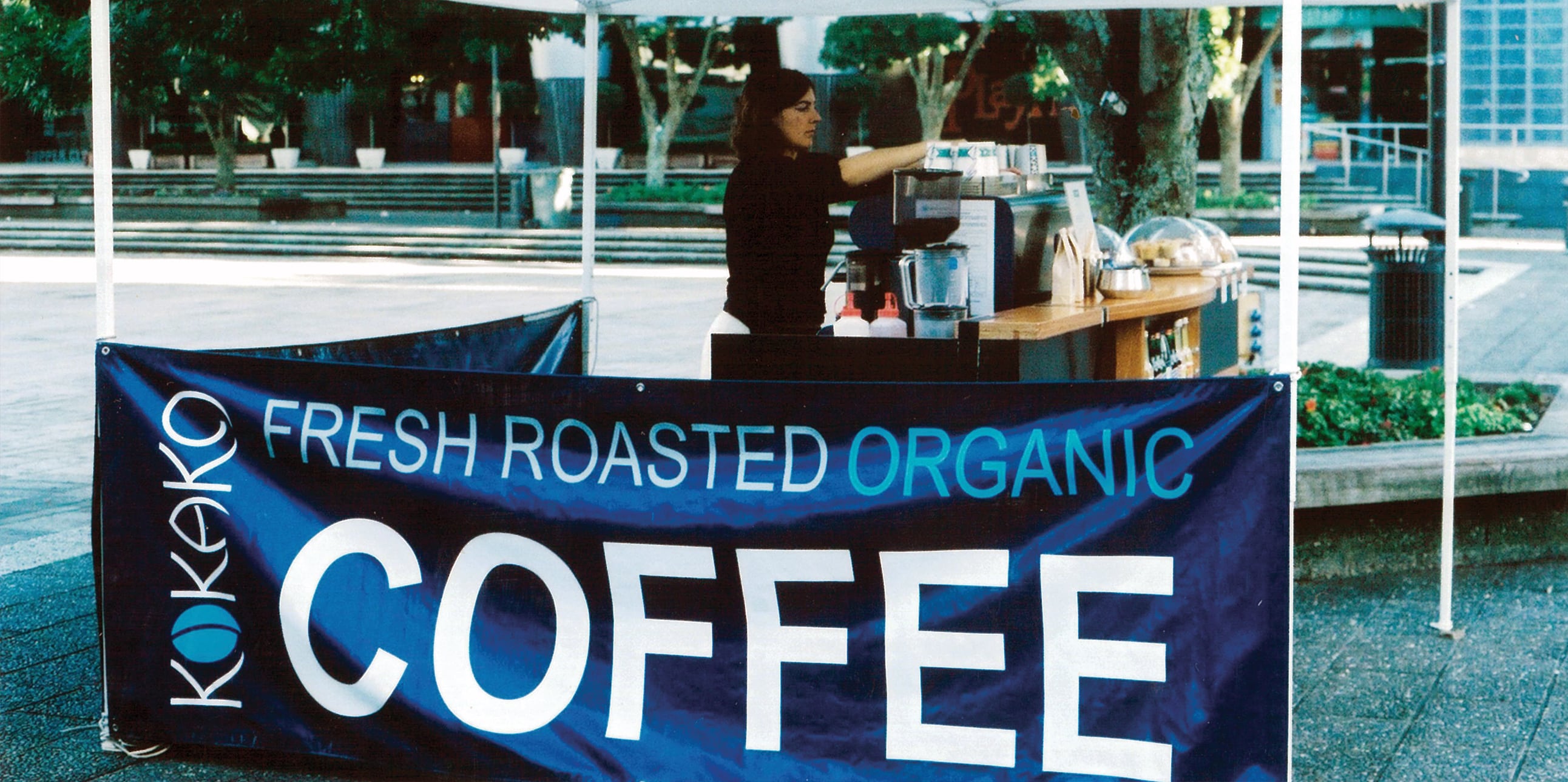
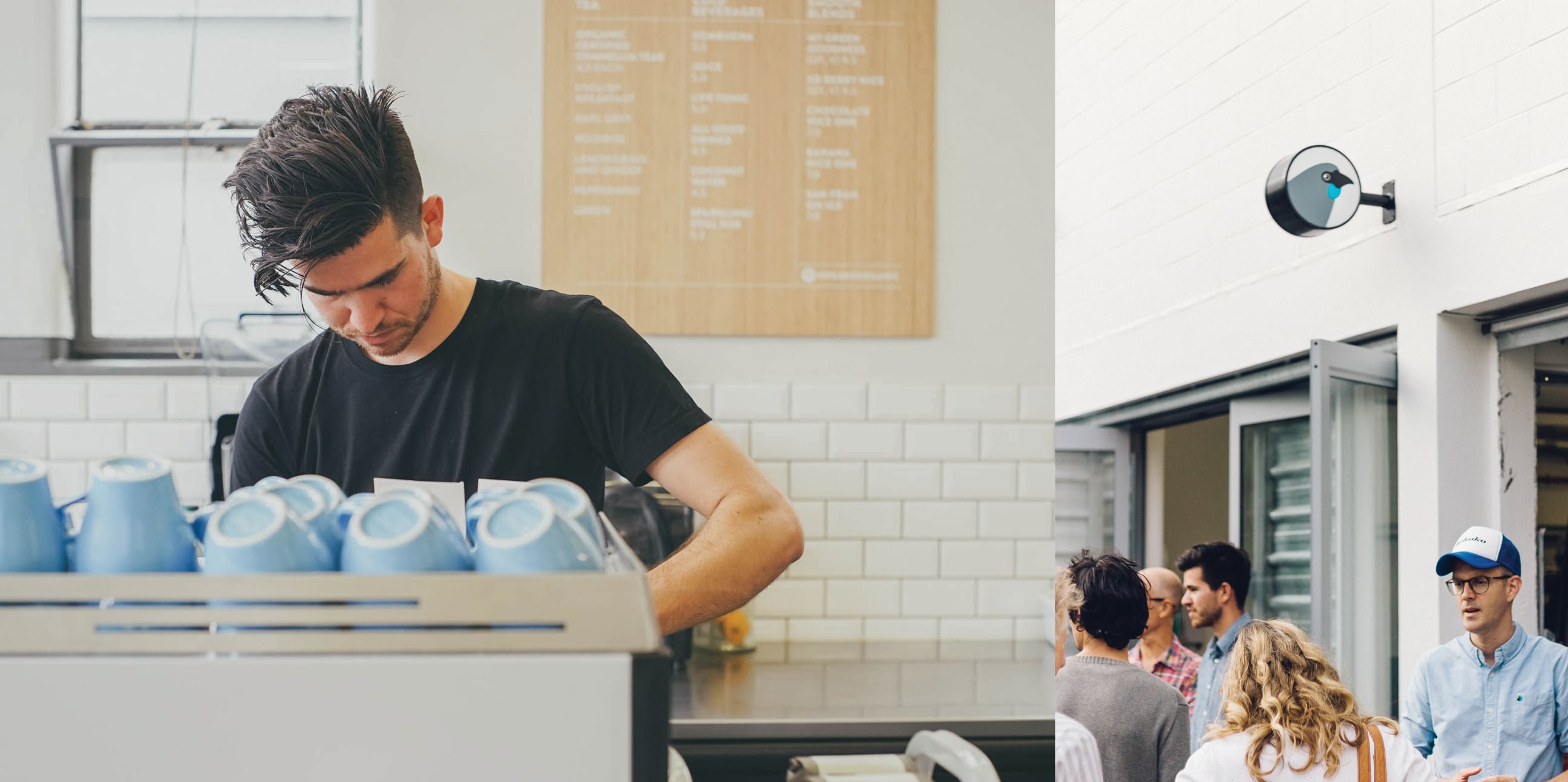
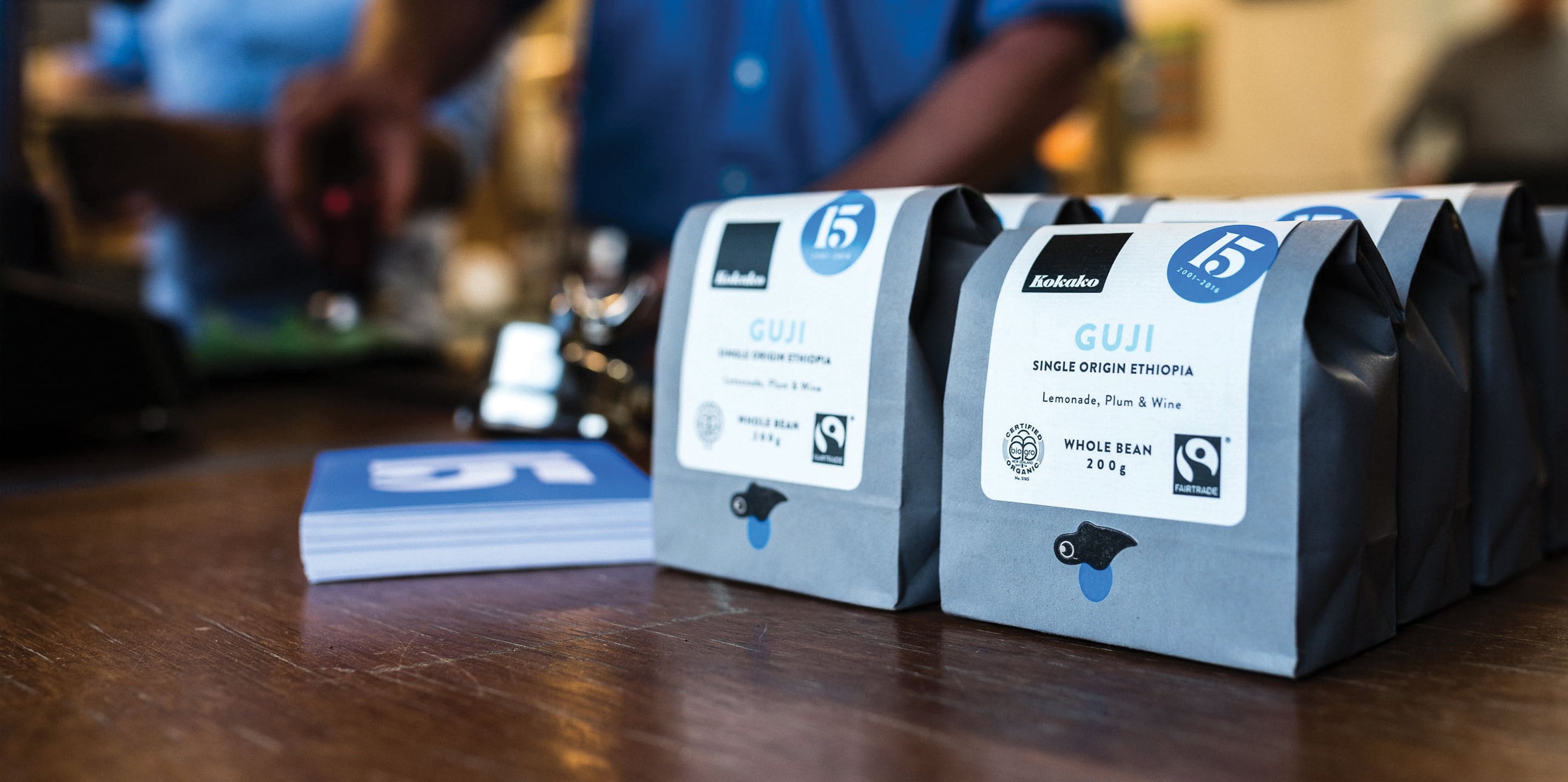
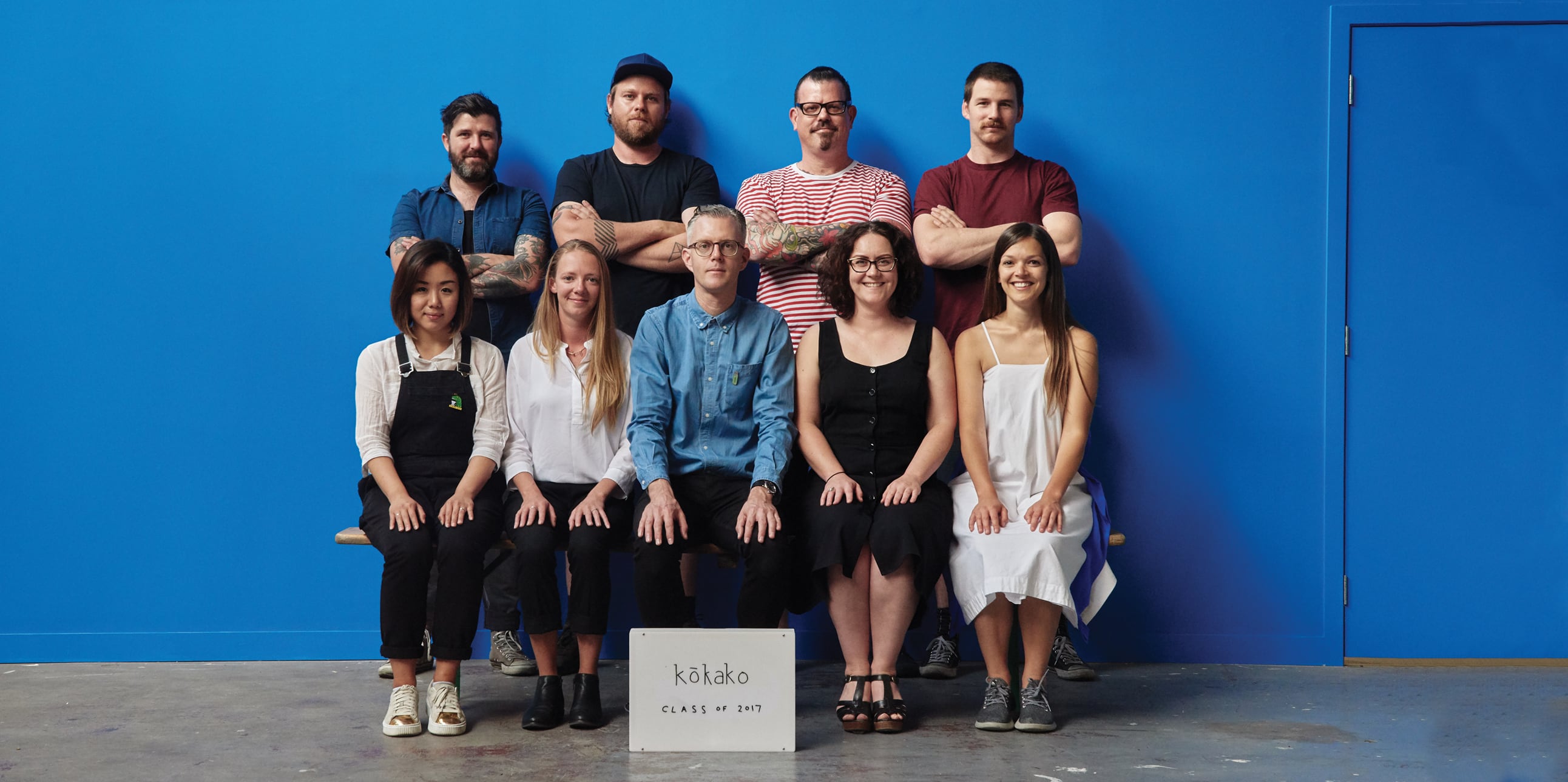
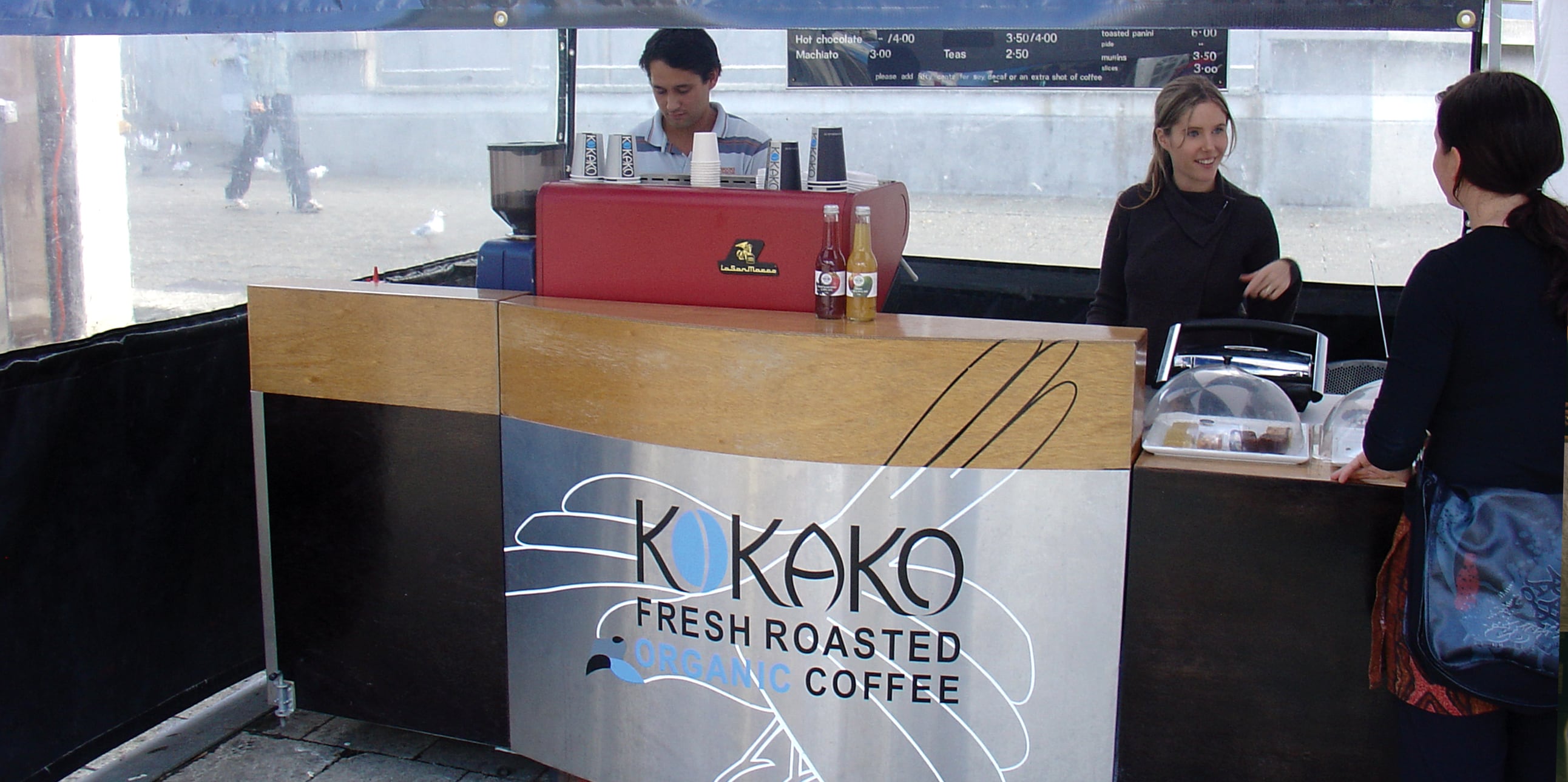
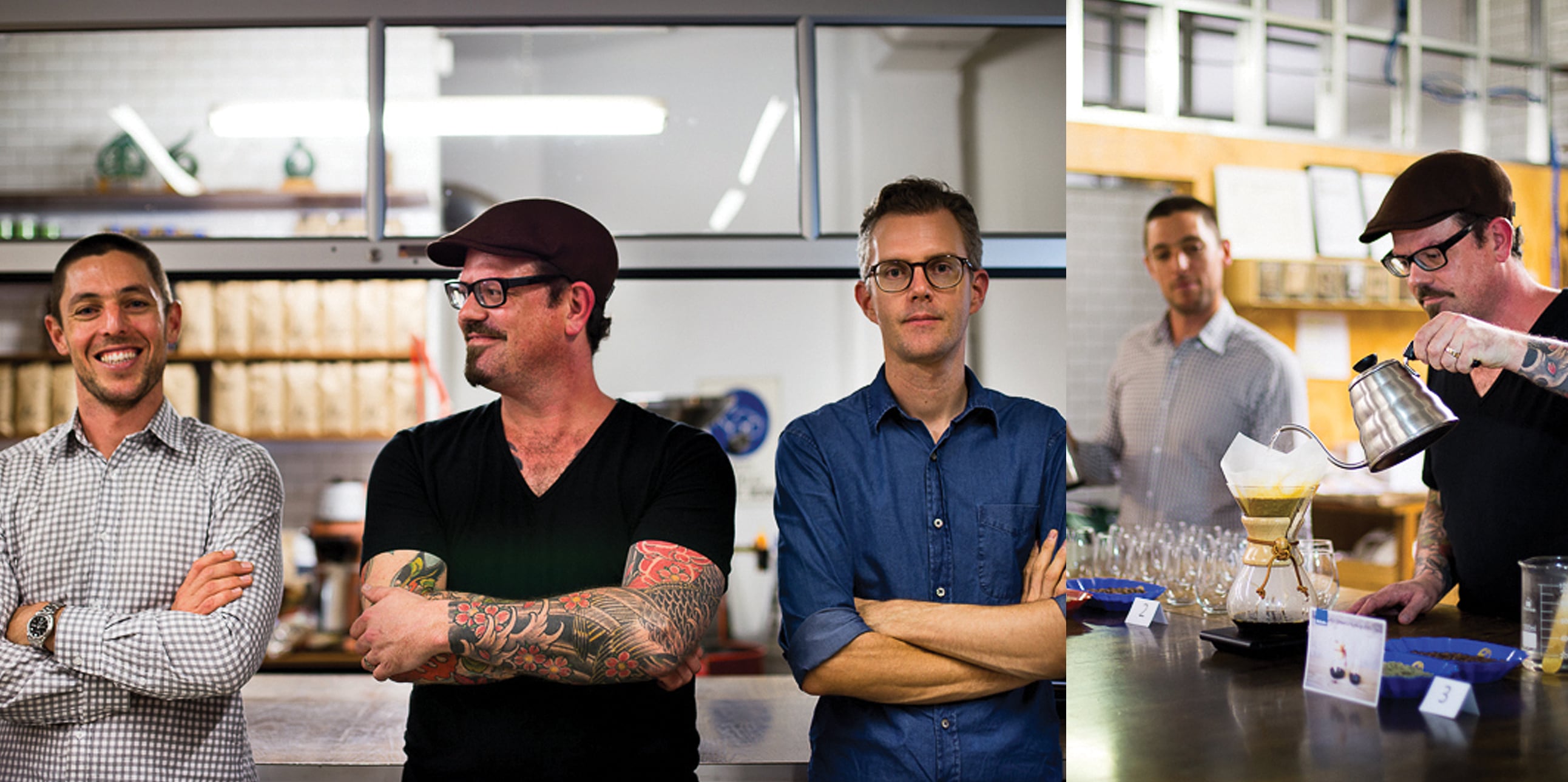
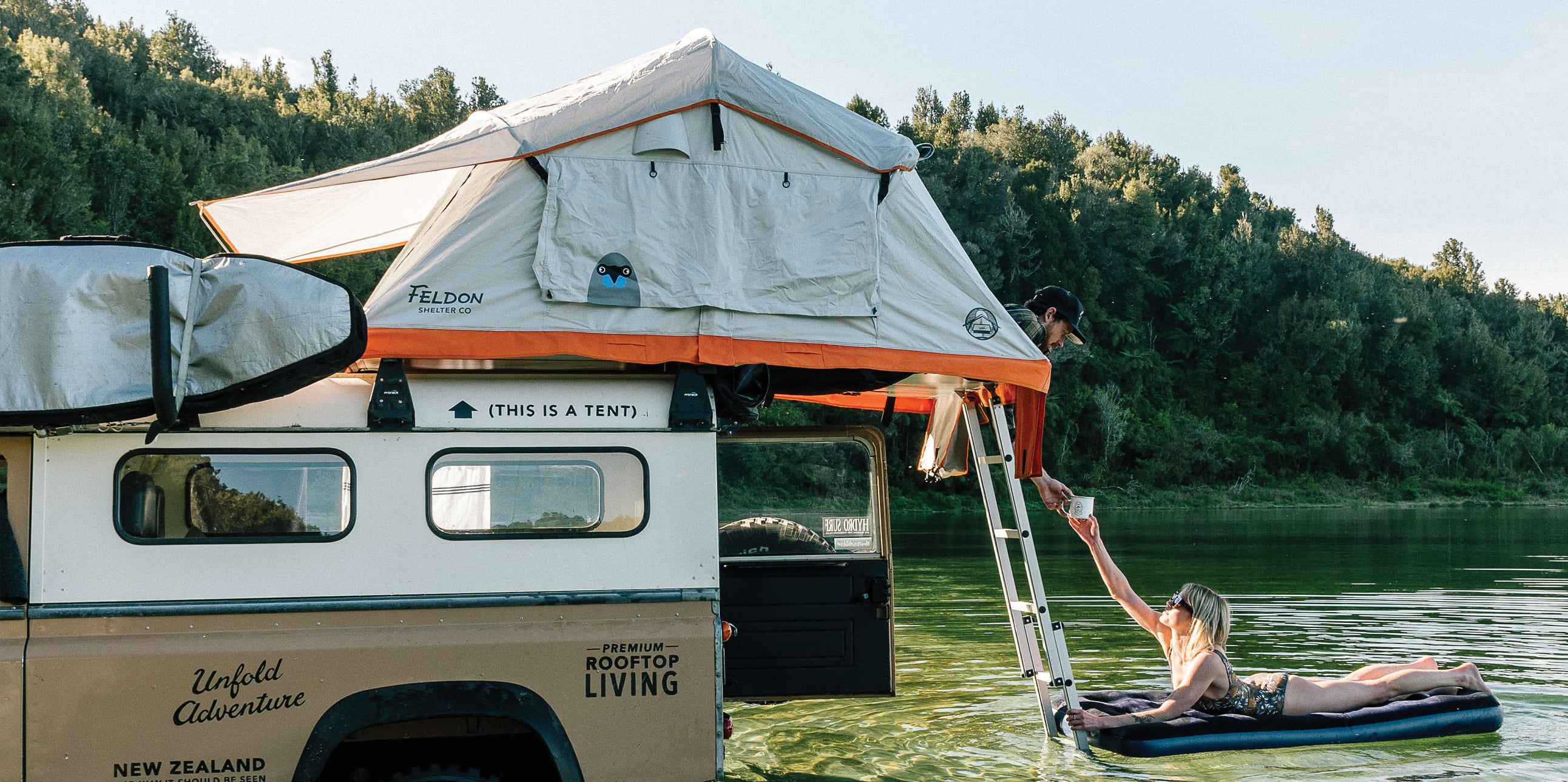
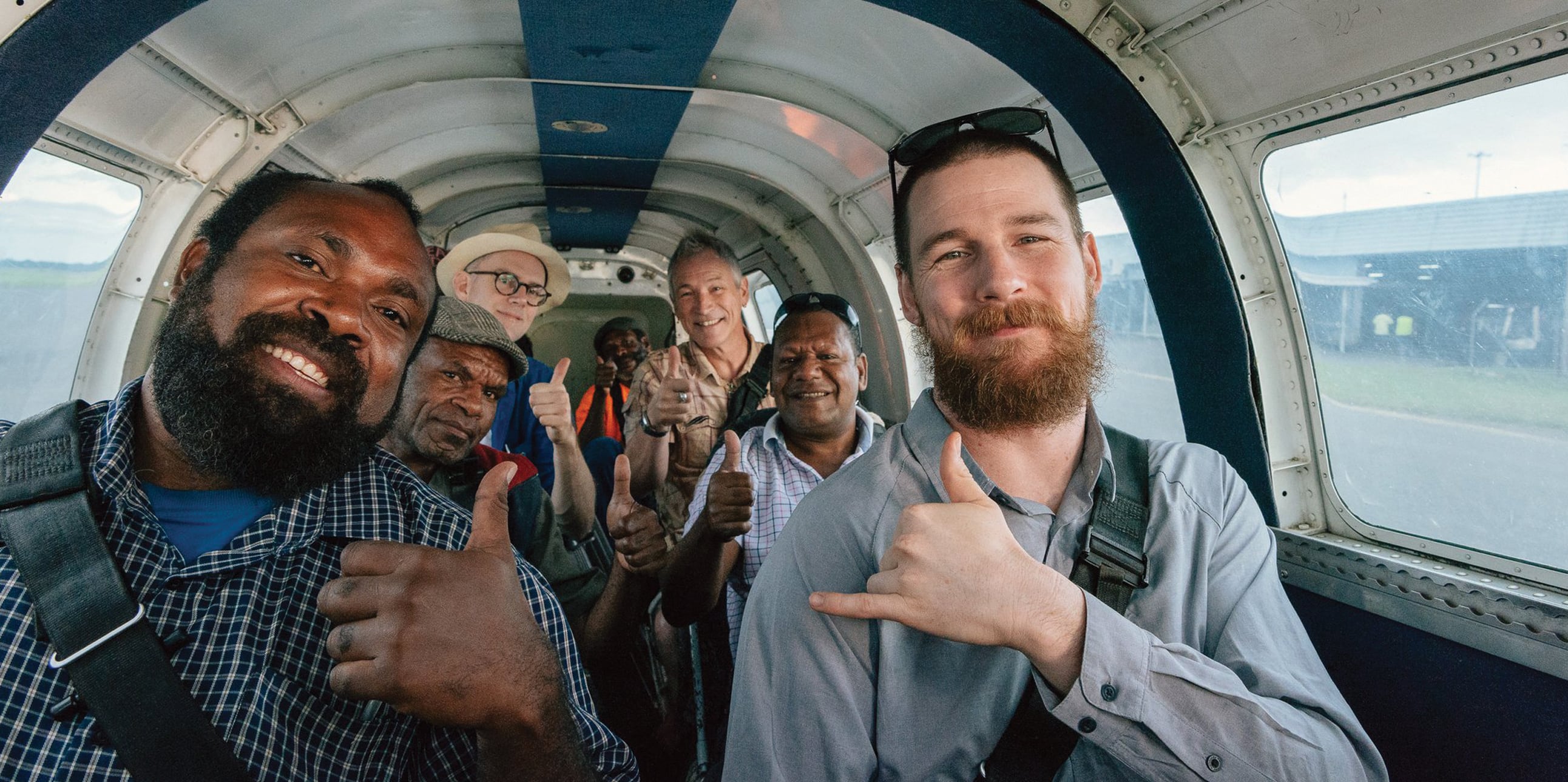
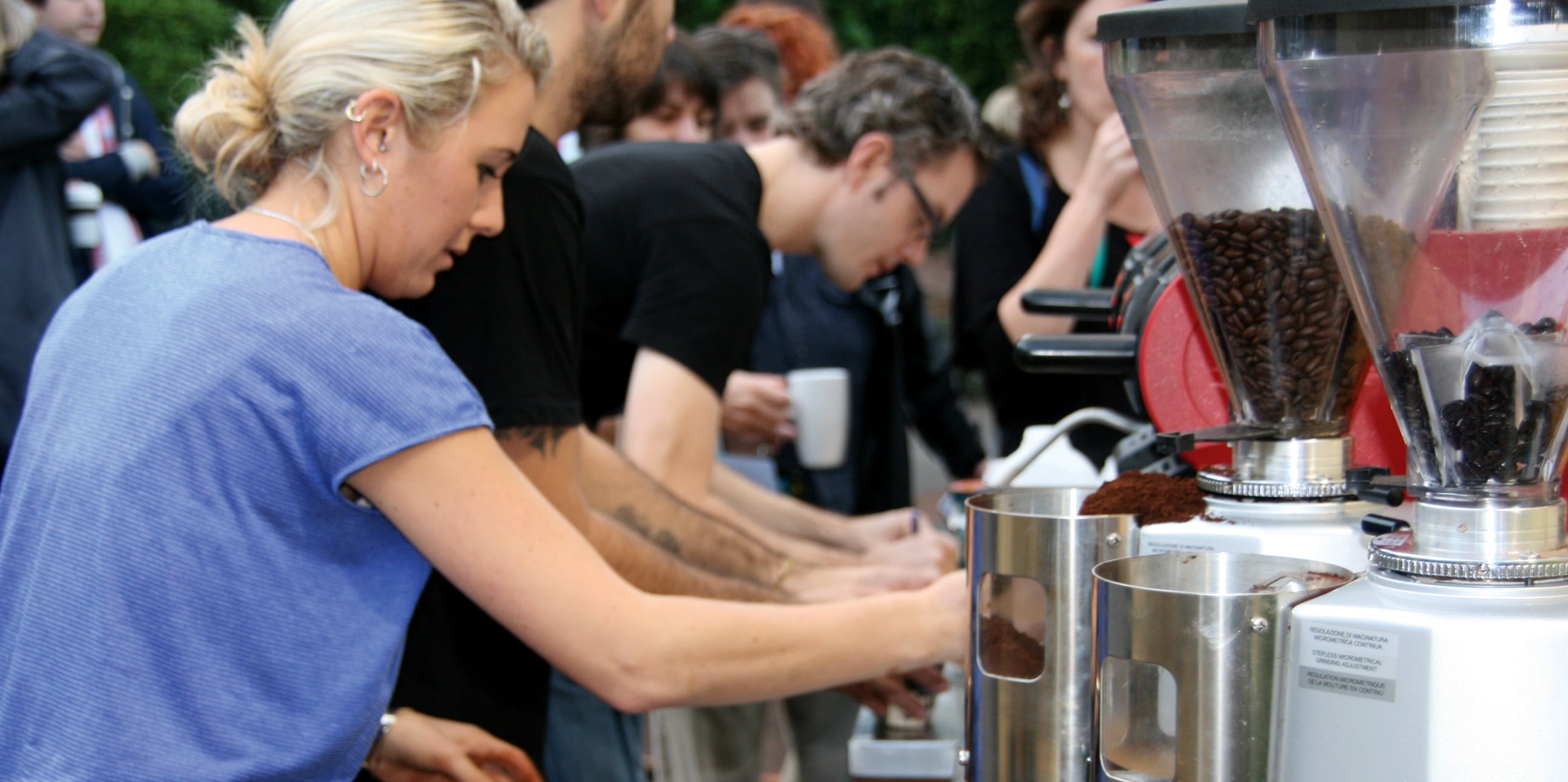
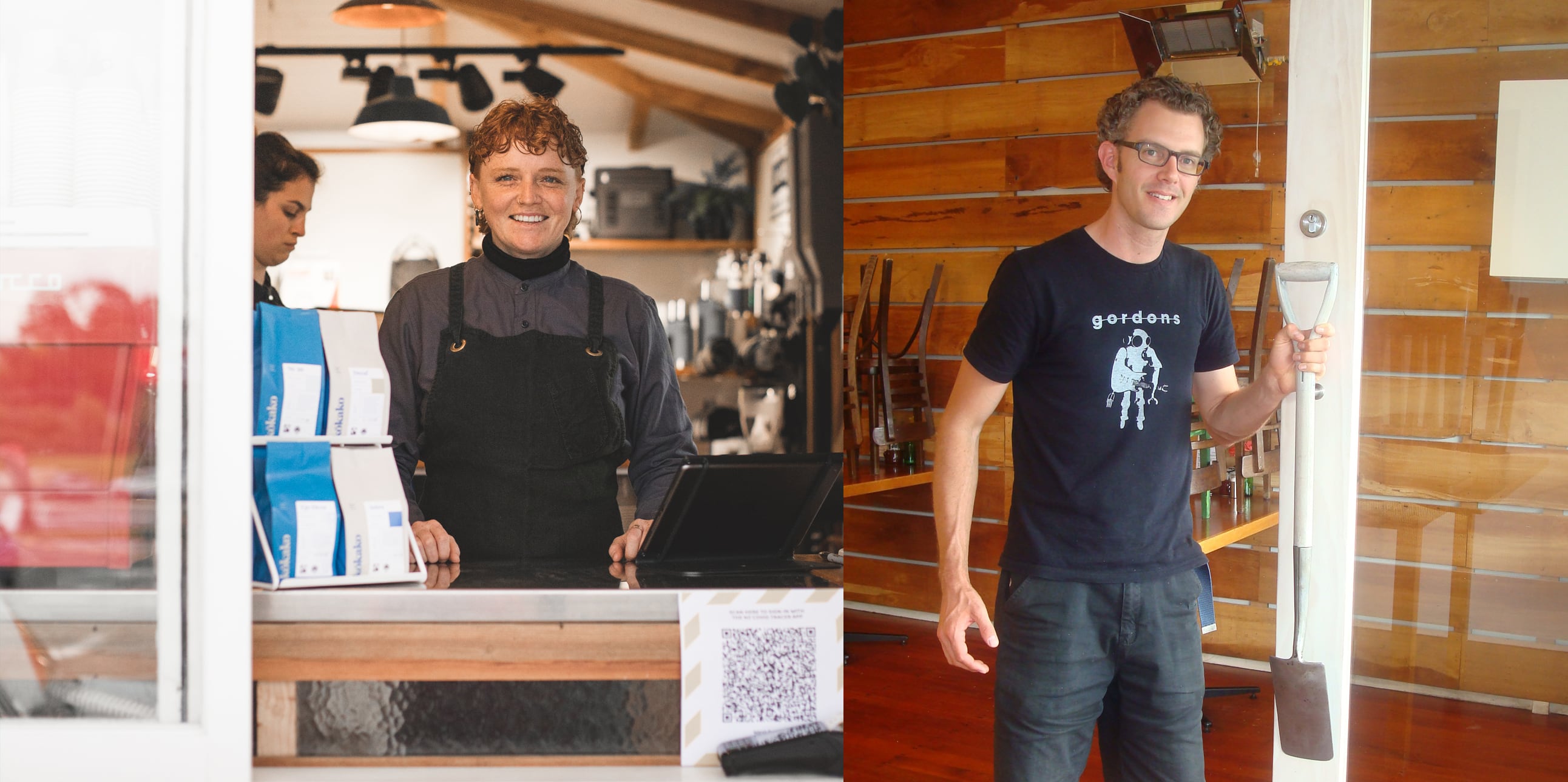
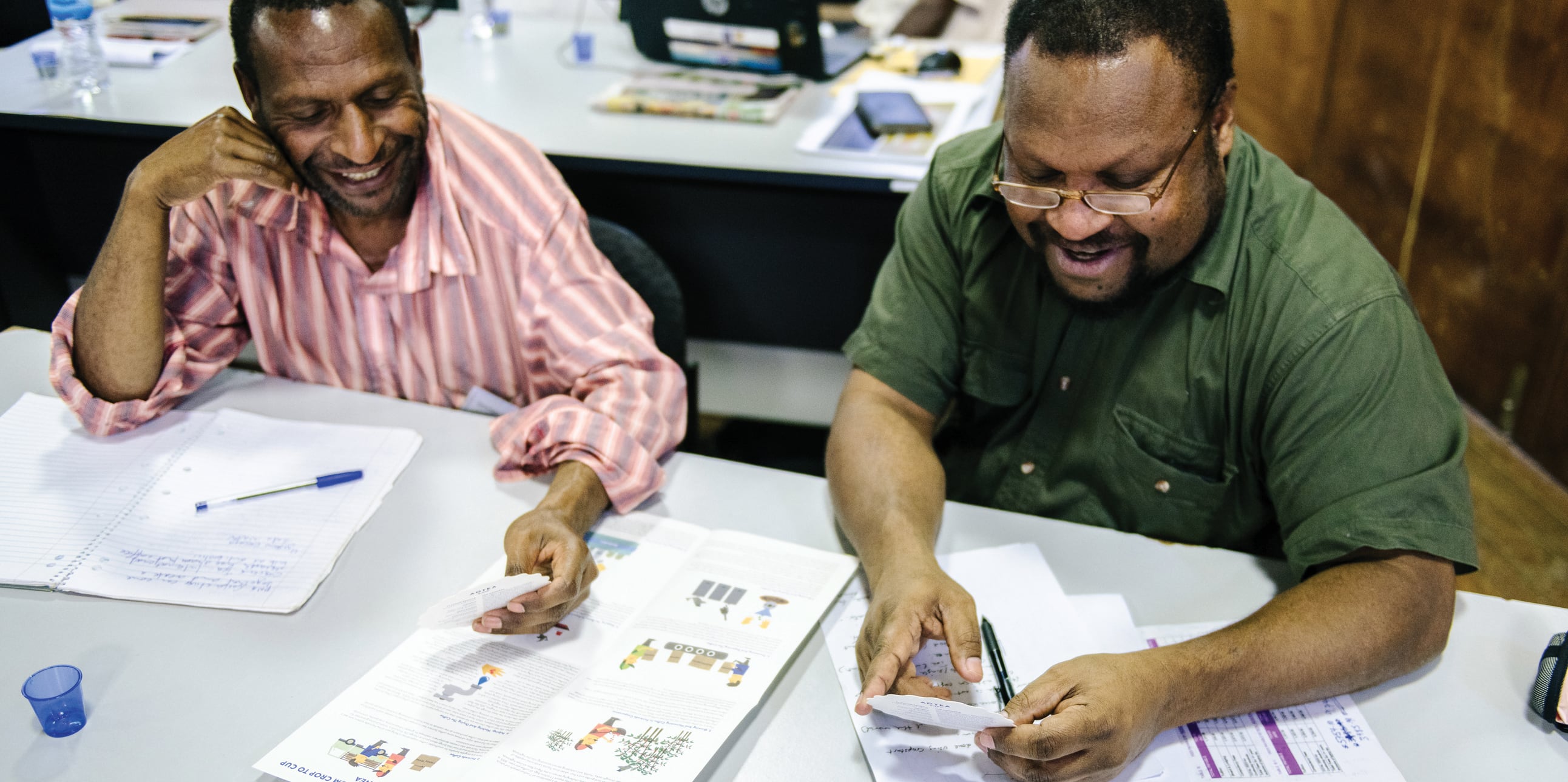
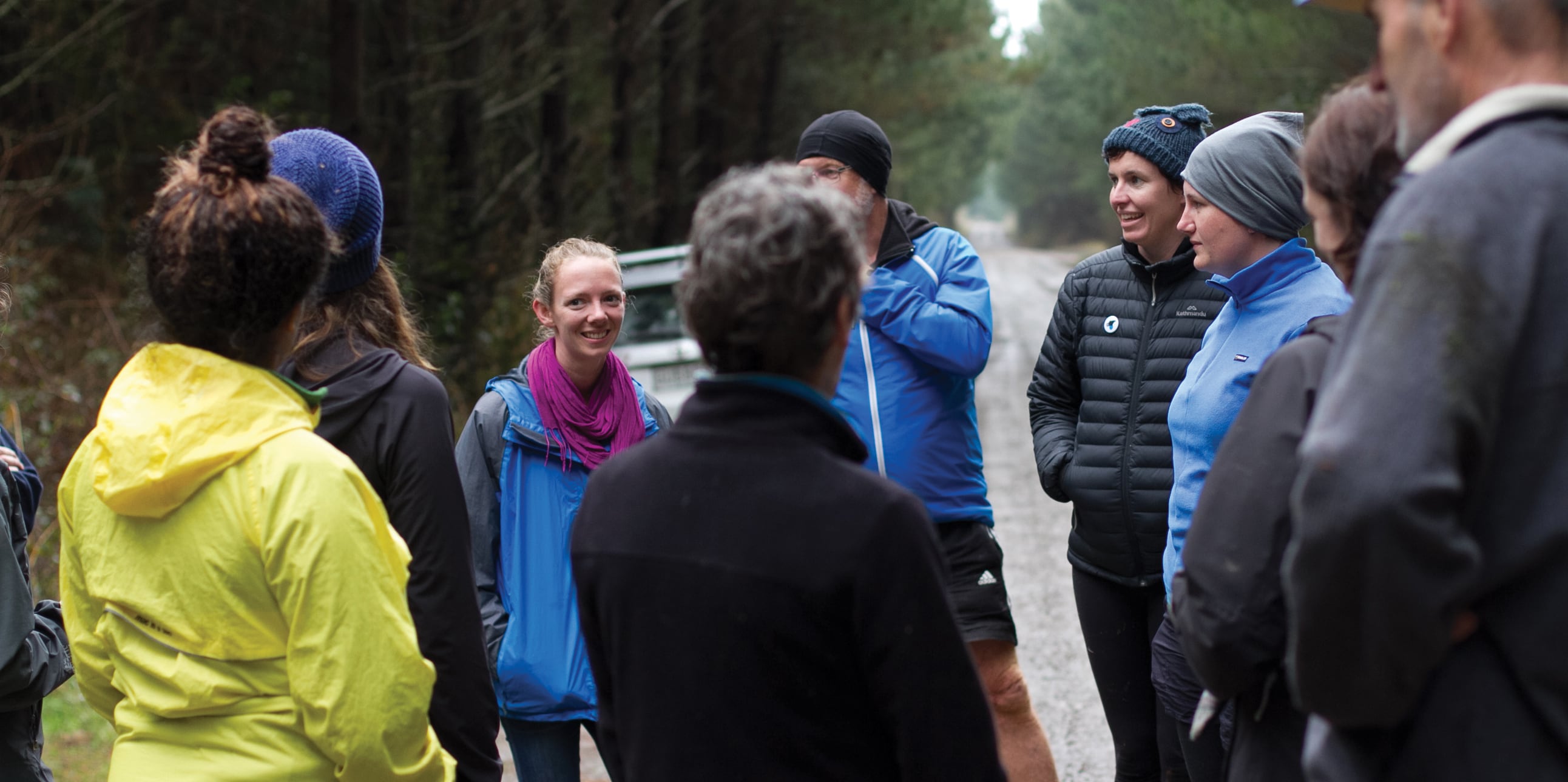
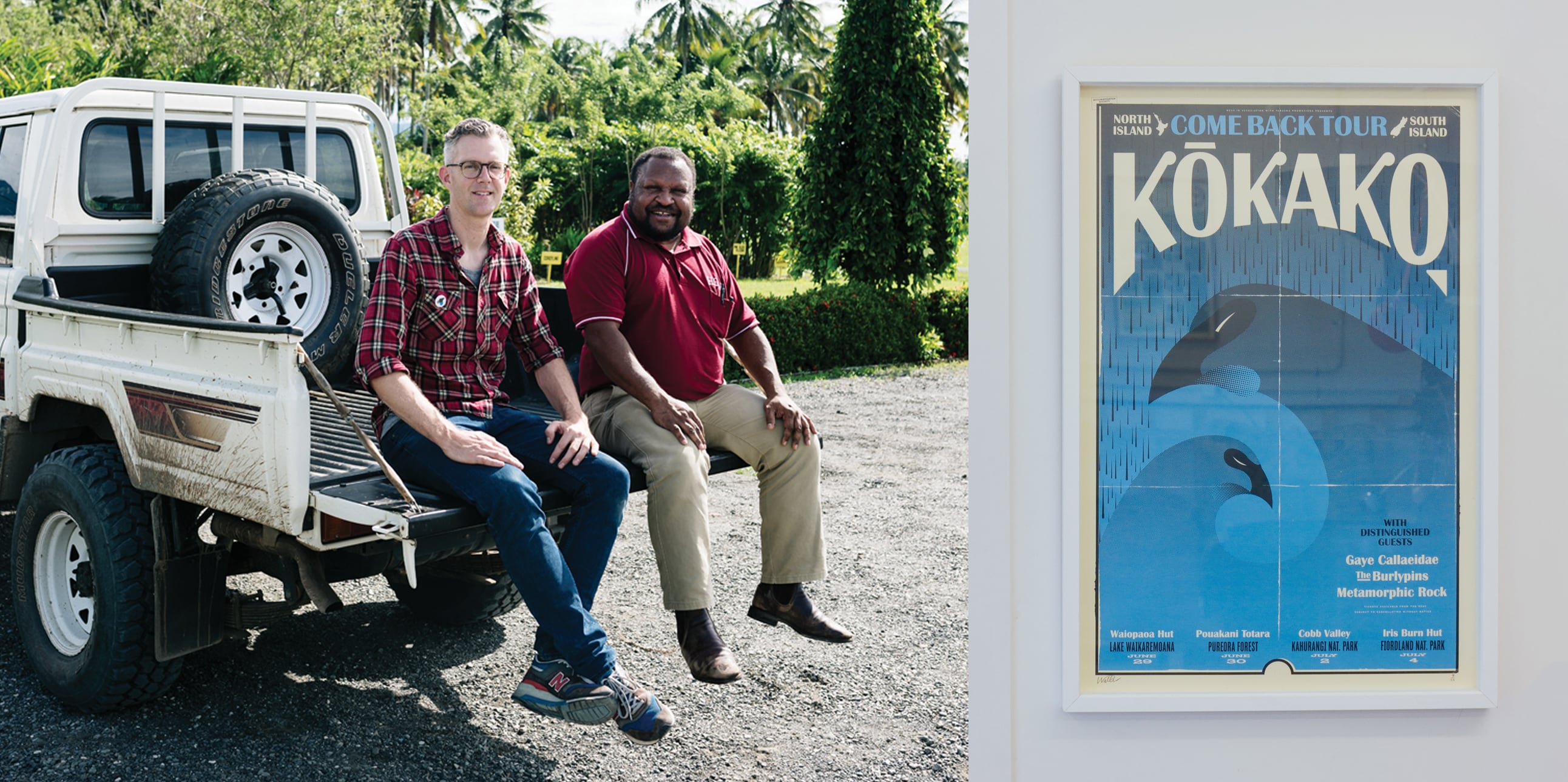
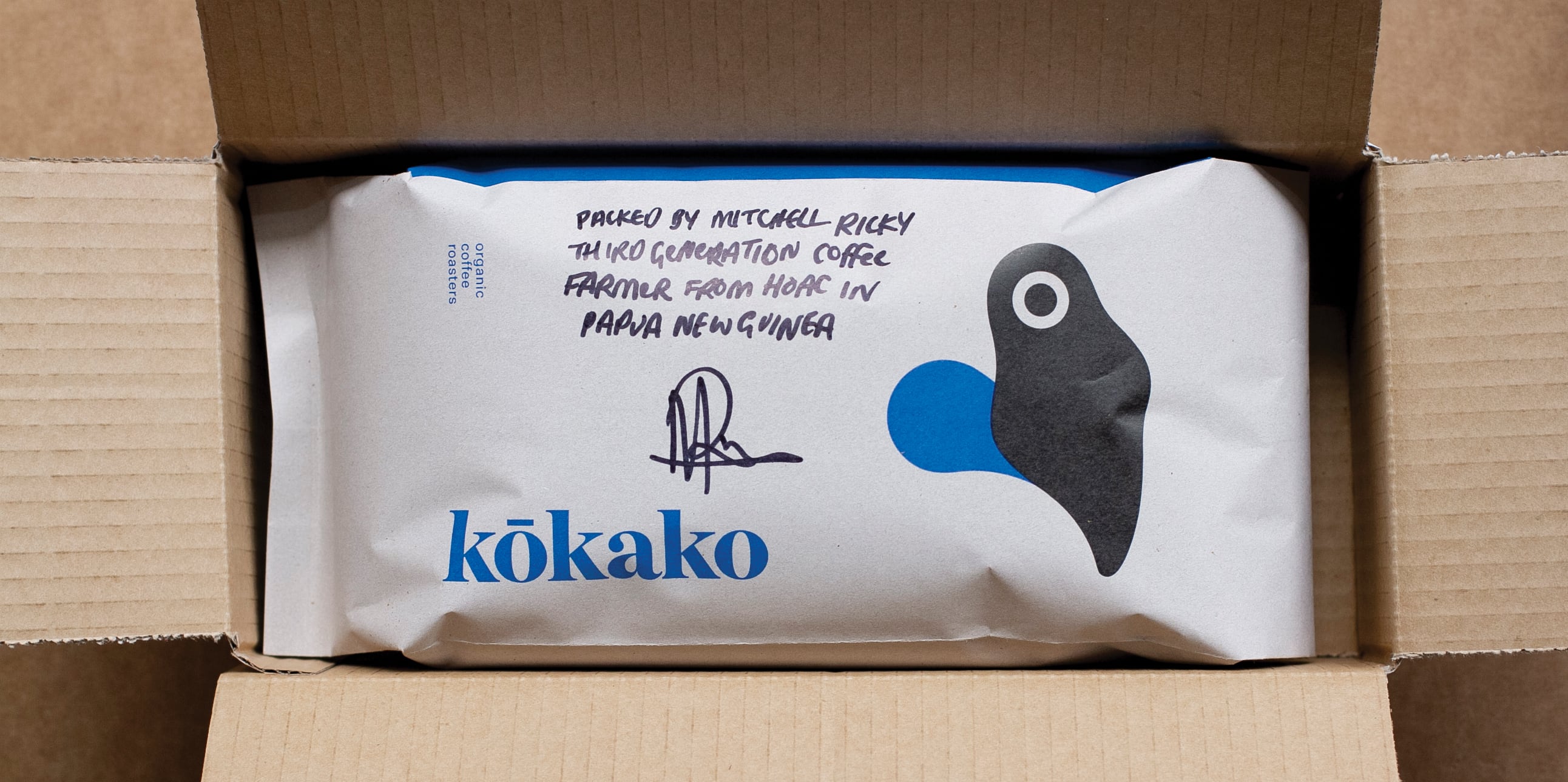
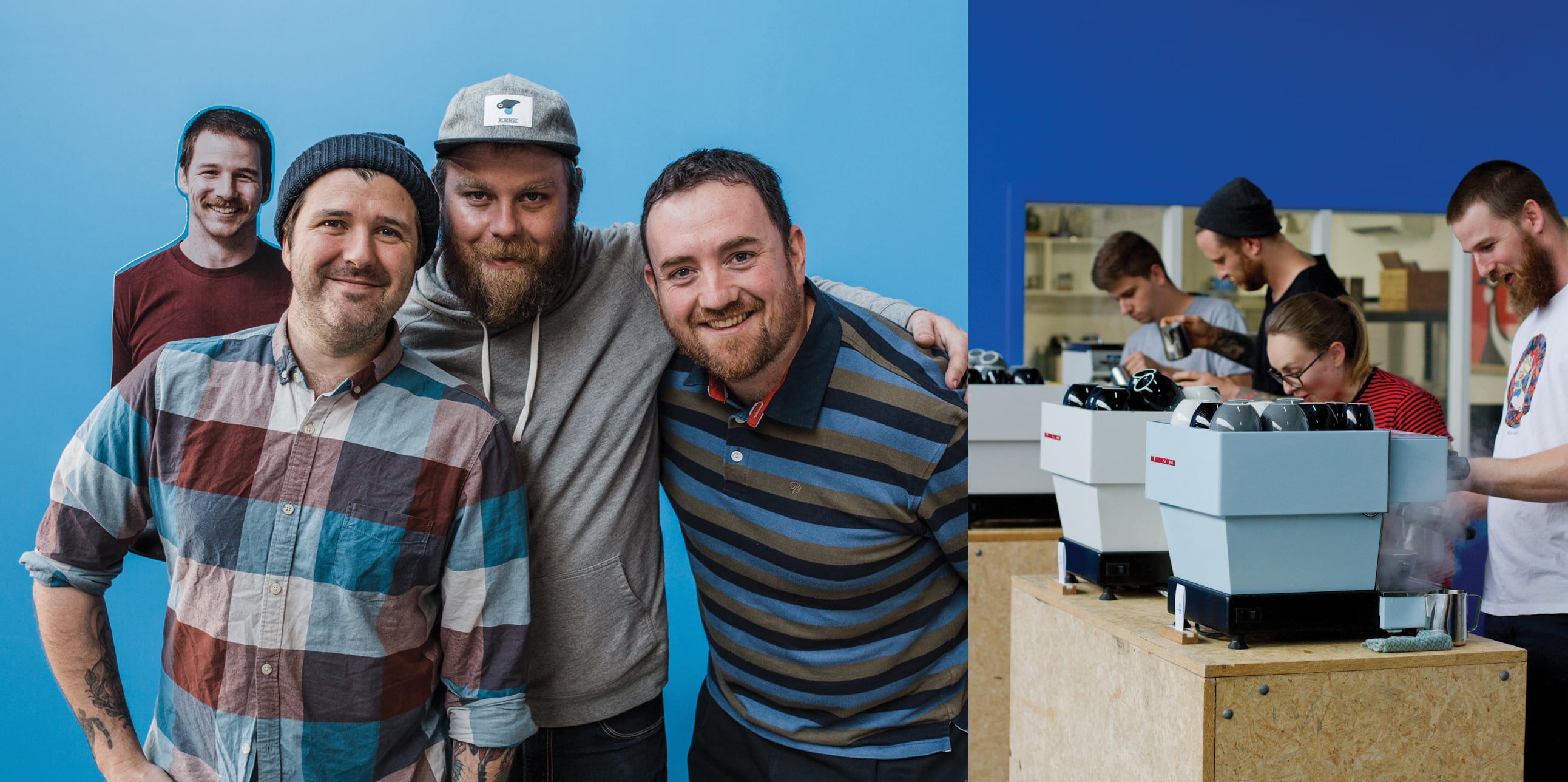
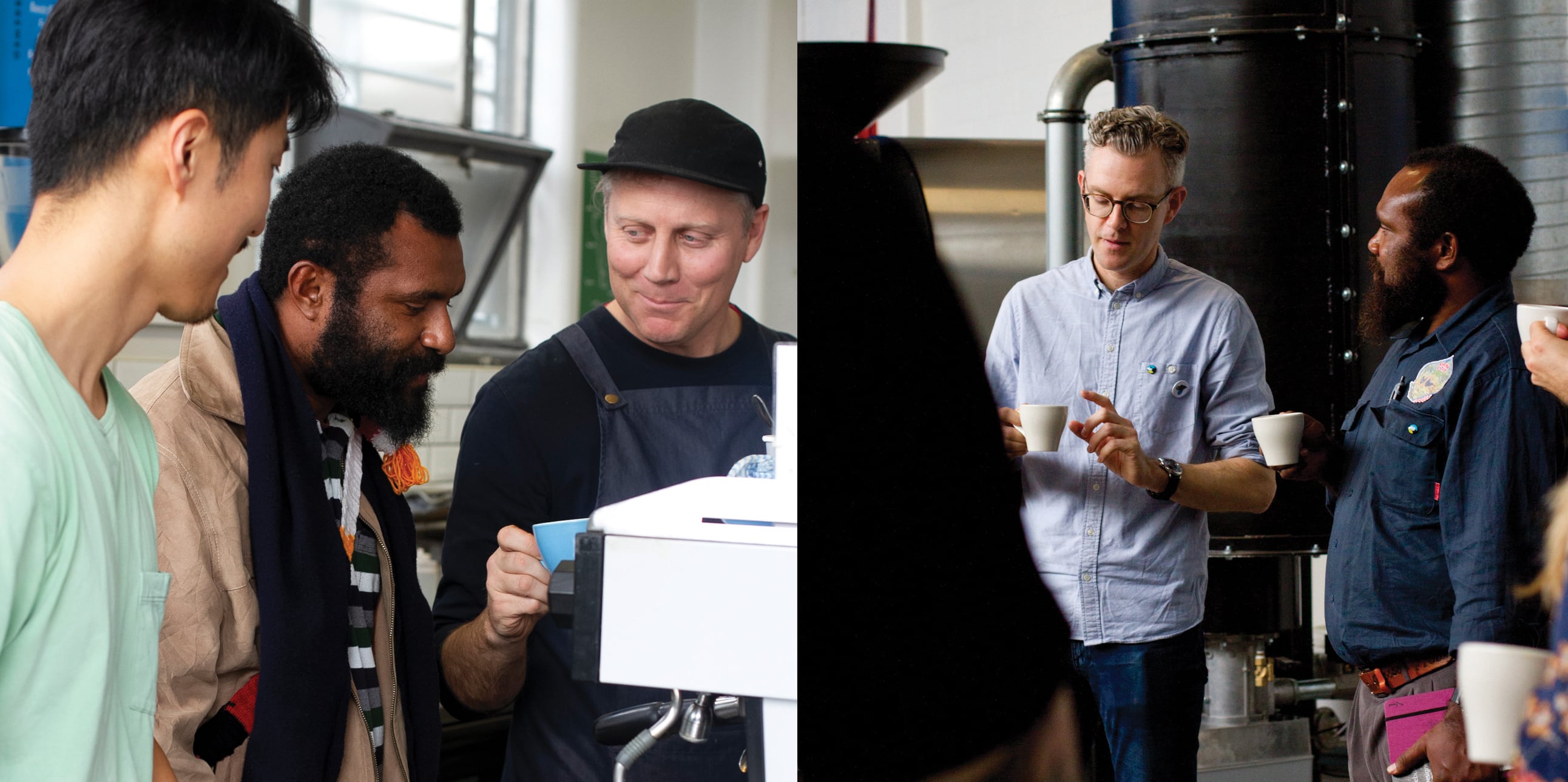


In Conversation With

In Conversation With

In Conversation With

In Conversation With

In Conversation With

In Conversation With

In Conversation With

In Conversation With

In Conversation With

In Conversation With
Picking the best grind for your coffee brew
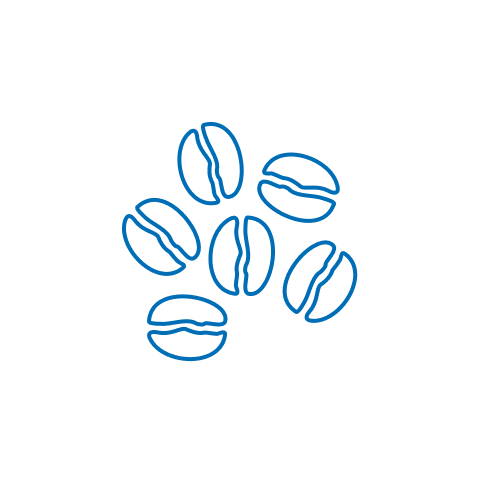
Best option if you have a home grinder
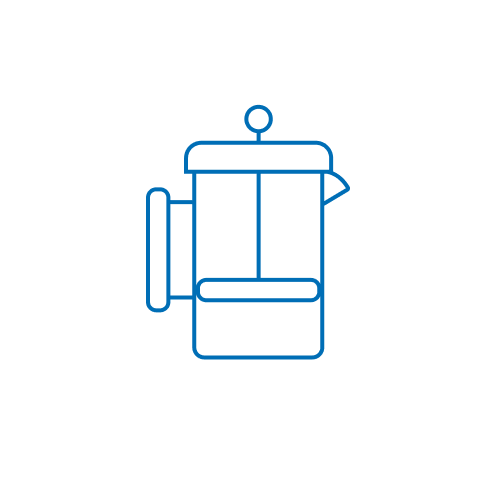
Best for plungers, cold brew coffee pots and Clever Drippers
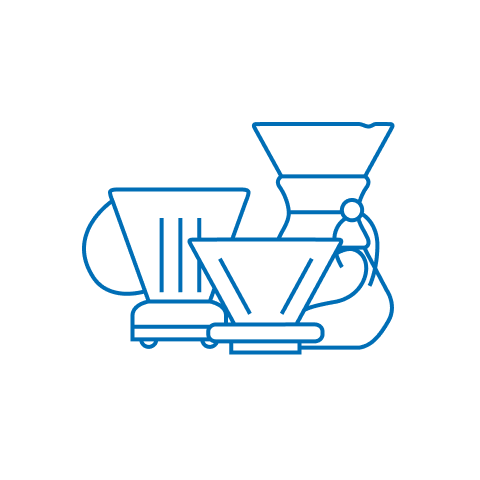
Best for Chemex, V60 and AeroPress
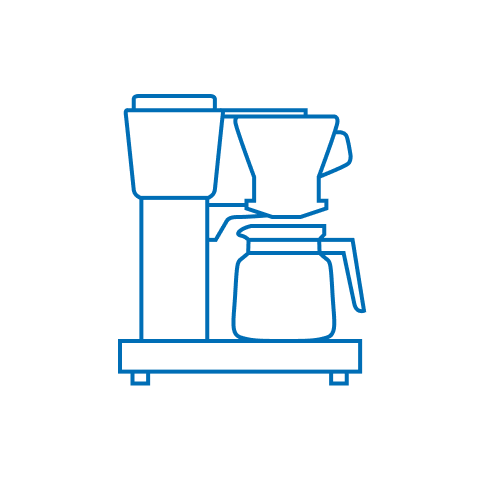
Best for Moccamaster
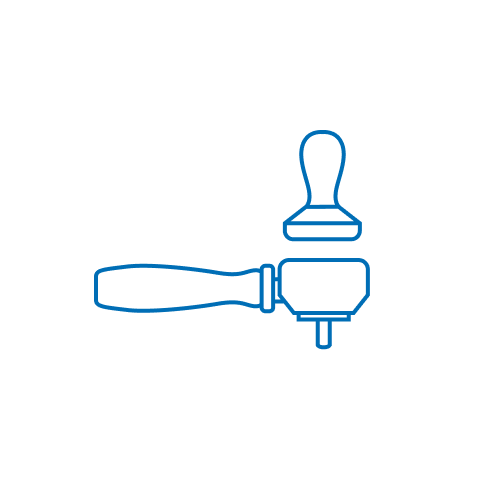
Best for home espresso machines and refillable pods
All the gear but no idea? We'll teach you how to make a barista-worthy brew with whatever you're working with.
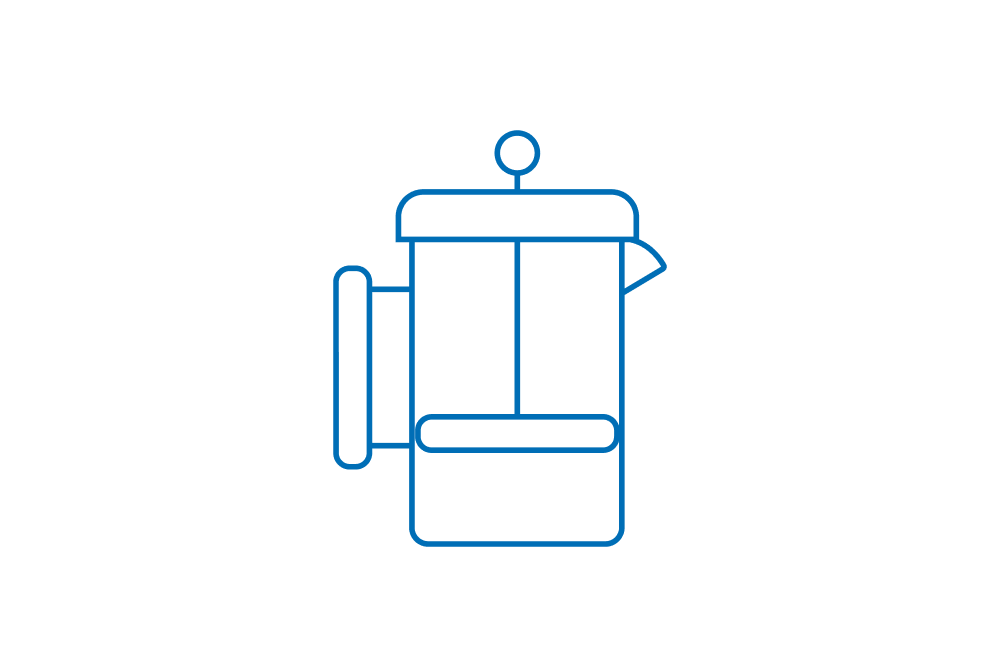
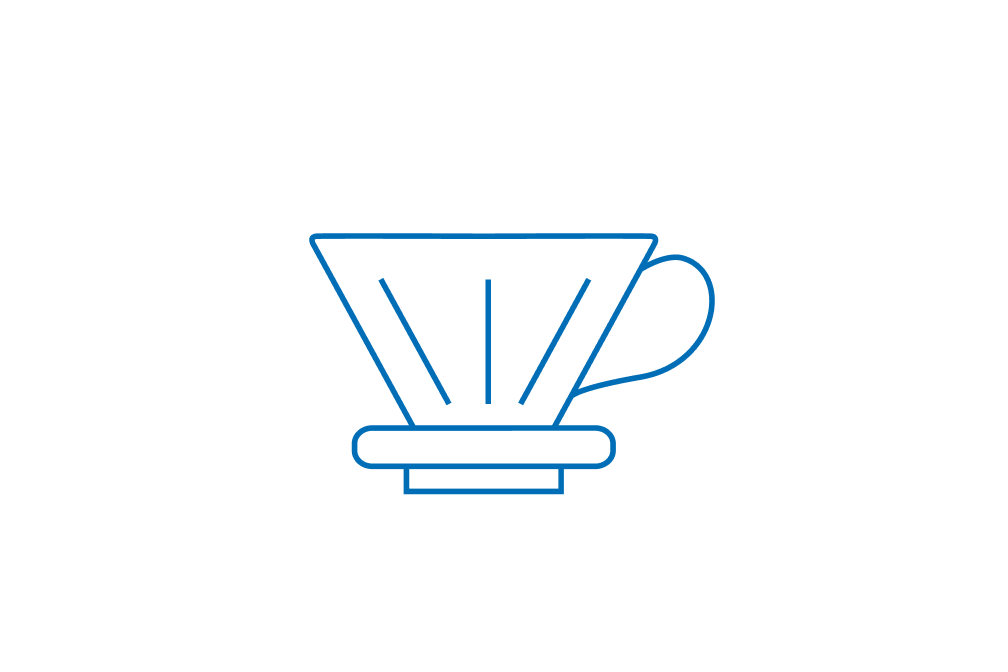
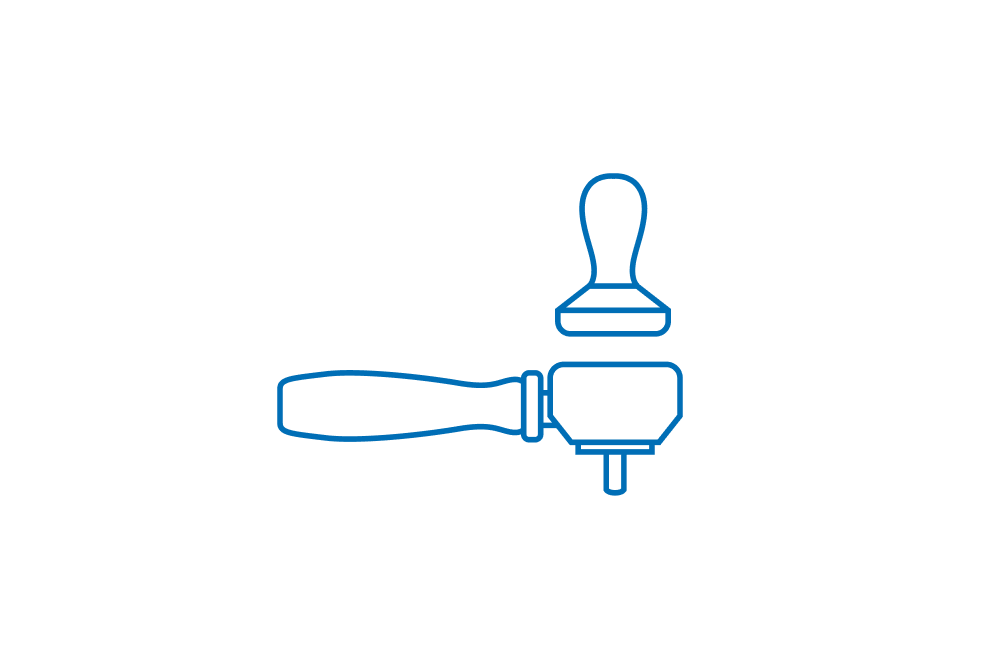
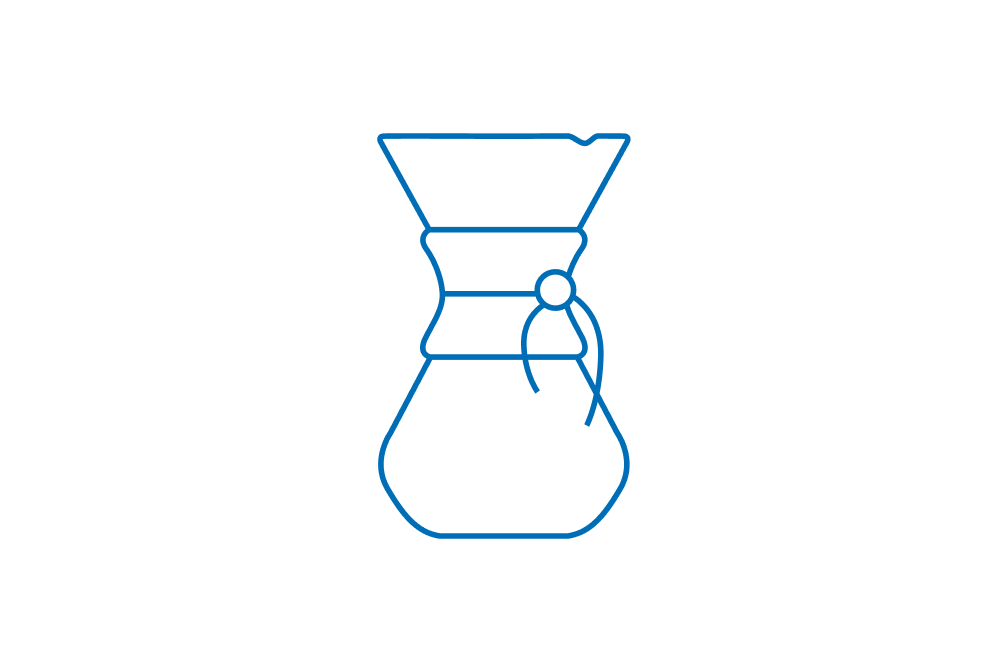
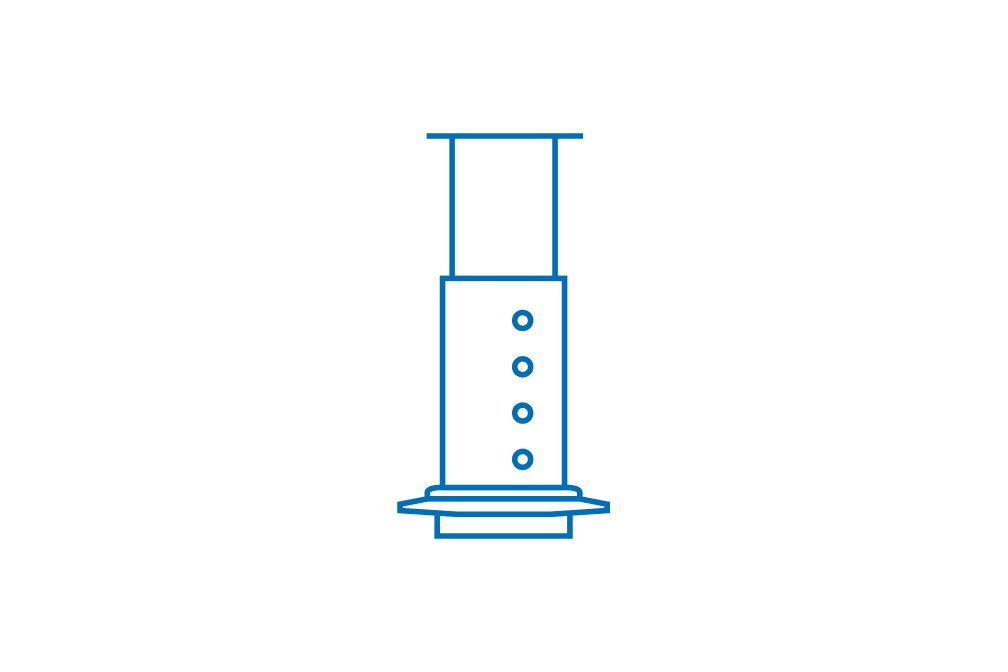
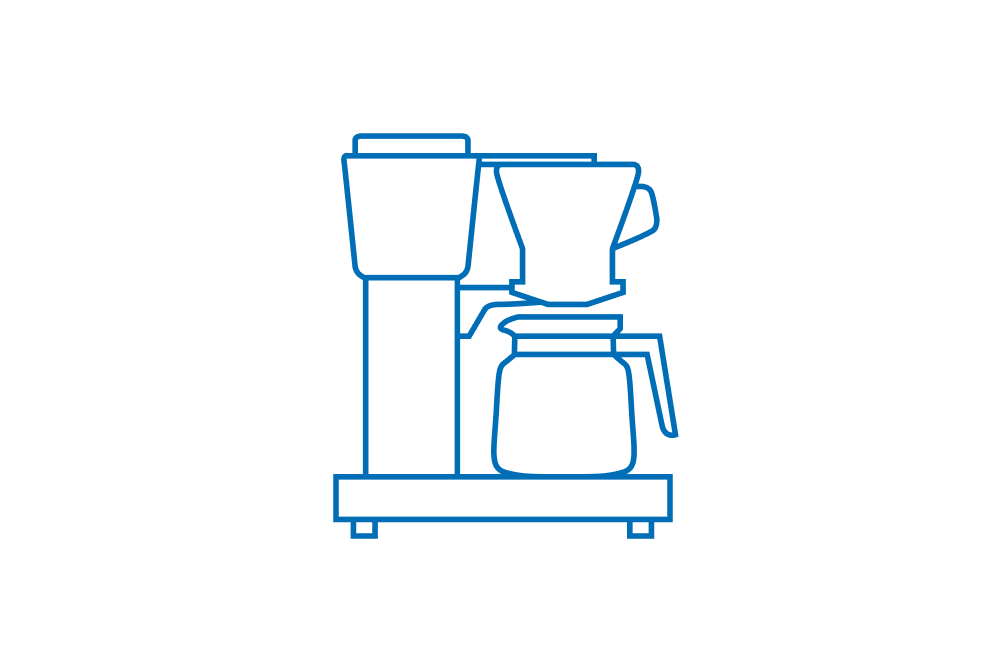
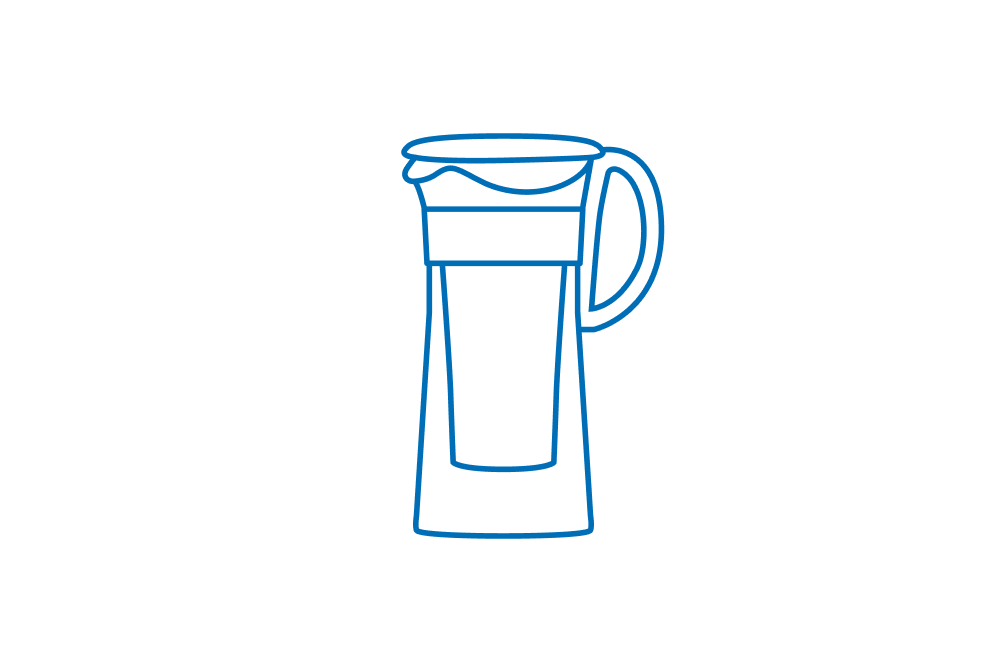
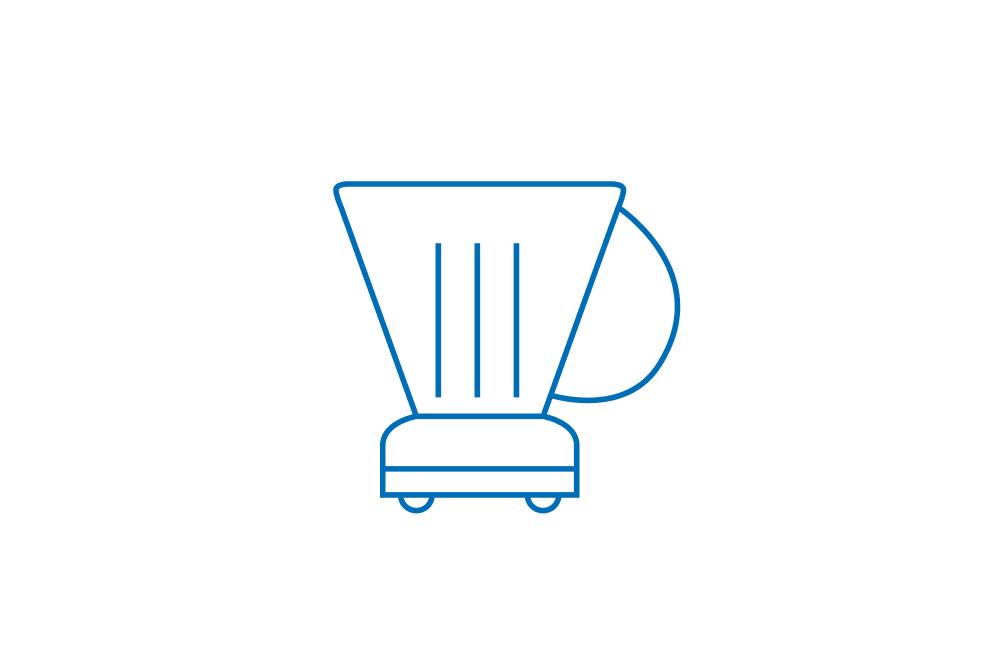
Plungers may appear very straightforward to use. However, a little understanding of the right technique and a well-chosen coffee can turn a plain cup of coffee into an immensely enjoyable one! We have prepared these instructions to help you get the most out of your coffee.
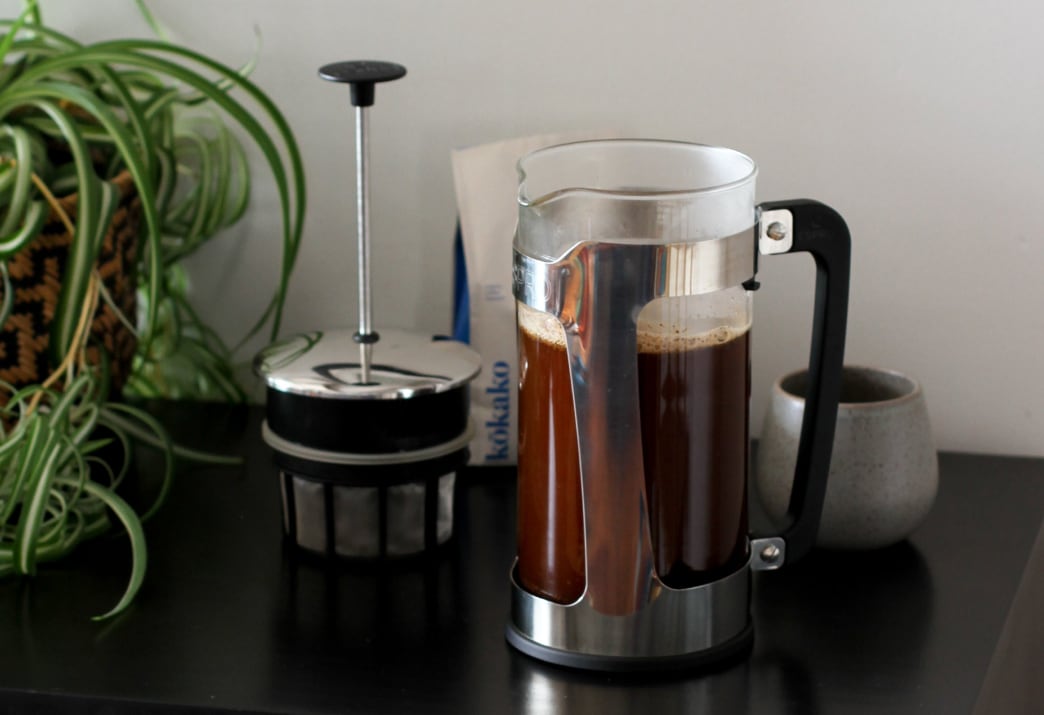
The V60’s name comes from vector 60, the 60° angle of its cone, and is made by the famous Japanese glassware brand, Hario. The V60 was first introduced in glass and ceramic, then plastic, and finally in metal. The V60 is carefully designed with a cone shape, spiral ribs, and a large single hole to drip through — these factors make the brewer more responsive to water flow and grind size than any other on the market, meaning the user has more control over the brewing process.

It is possible to recreate your favourite barista made flat white, long black, or any other espresso based drink on a home espresso machine! Though baristas often go through rigorous training and spend many hours a week behind the machine to perfect their technique, below are the basics of making a double shot of espresso on an espresso machine. Every machine works differently, producing varying results, however these are the recipes and basic steps we use to prepare espresso.
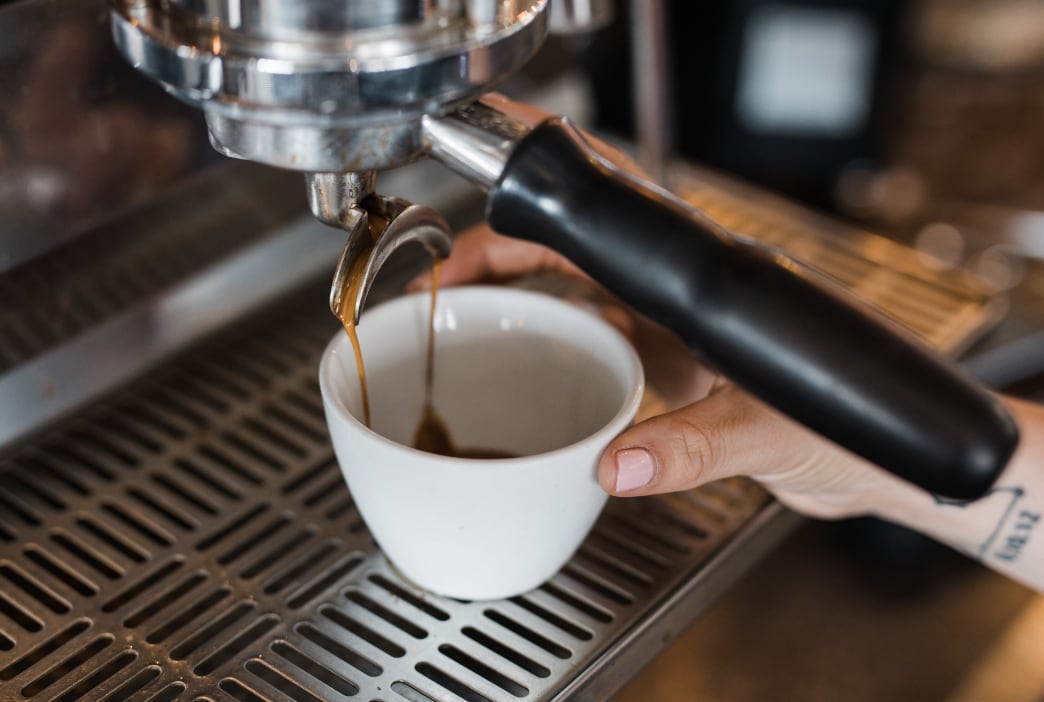
The Chemex was invented in 1941 by chemist Dr. Peter Schlumbohm—his focus was on making everyday objects not only functional, but attractive and enjoyable to use. He was clearly successful in this vision; the Museum of Modern Art displayed it as one of the best-designed products in 1943, and coffee makers to this day love the aesthetics of this brewer.
The secret to the clarity in a Chemex cup is in the heavy paper filter which traps bitter fats and oils, resulting in a cup which is light, bright and delicately nuanced.
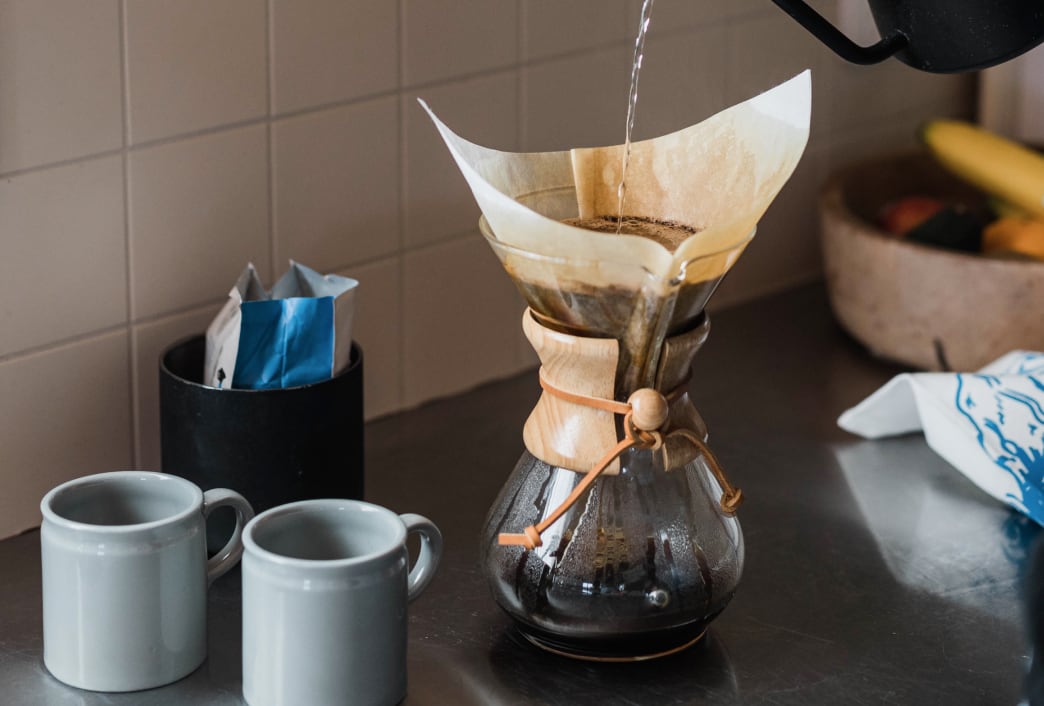
The AeroPress was invented in 2005 by Alan Adler, the creator of the Aerobie throwing ring—hence the name. It is a portable coffee brewer that many coffee professionals take with them when they travel around the world. When you factor in the full-bodied flavour that can be achieved through the AeroPress and the ease of cleaning, it is easy to see why this coffee brewer has such a dedicated following.
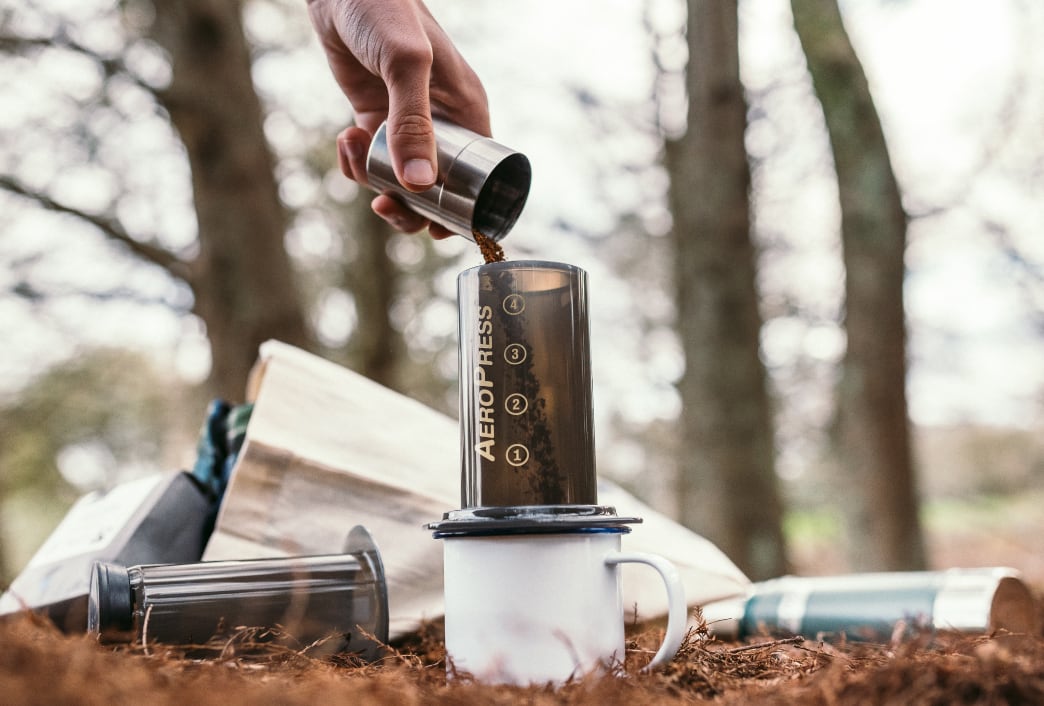
The Moccamaster is made by Technivorm, a Dutch manufacturer founded in 1964. Each unit is hand made and assembled, with many new versions made over the years to create various colourways and shapes. The Moccamaster brews 1.25l of delicious filter coffee, quietly and efficiently, in under 6 minutes — straight into its glass carafe. Simple to use, you can even get the brew started and walk away if you’re a busy household, the Moccamaster does the pouring for you!
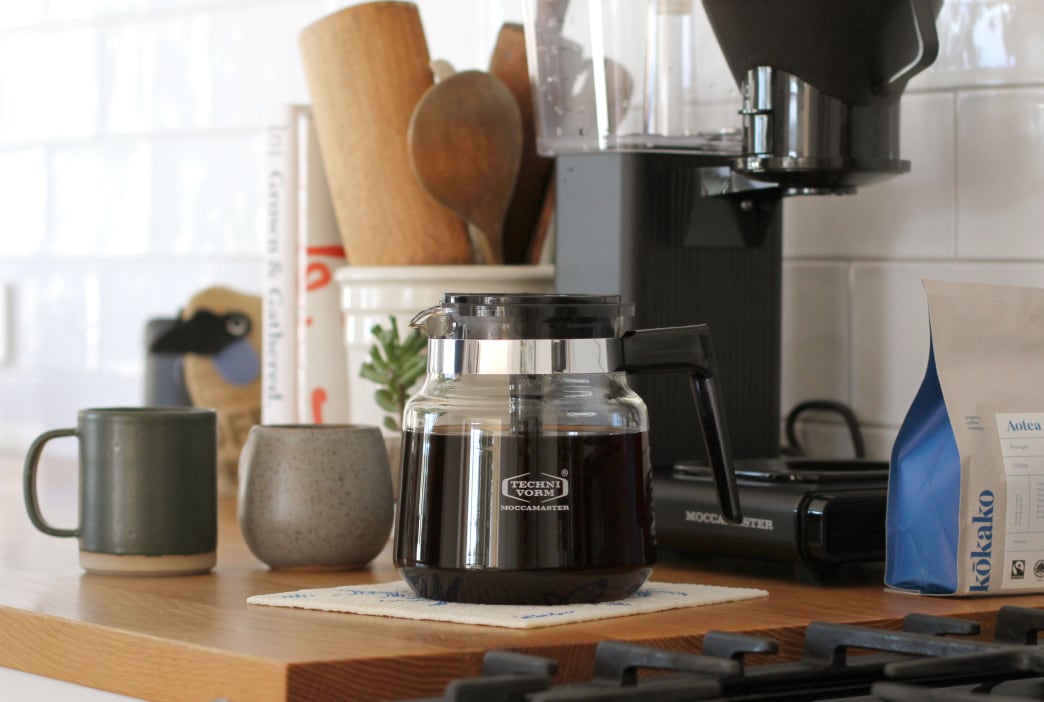
Cold brew is one of the easiest and cost-effective ways to make several cups of delicious coffee, which can be kept in the fridge for days. Cold brew, as the name suggests, is never exposed to heat. Steeping coarse ground coffee in cold water for 12—24 hours produces a light and delicate beverage, low in acidity, designed to be served over ice or with your choice of milk.
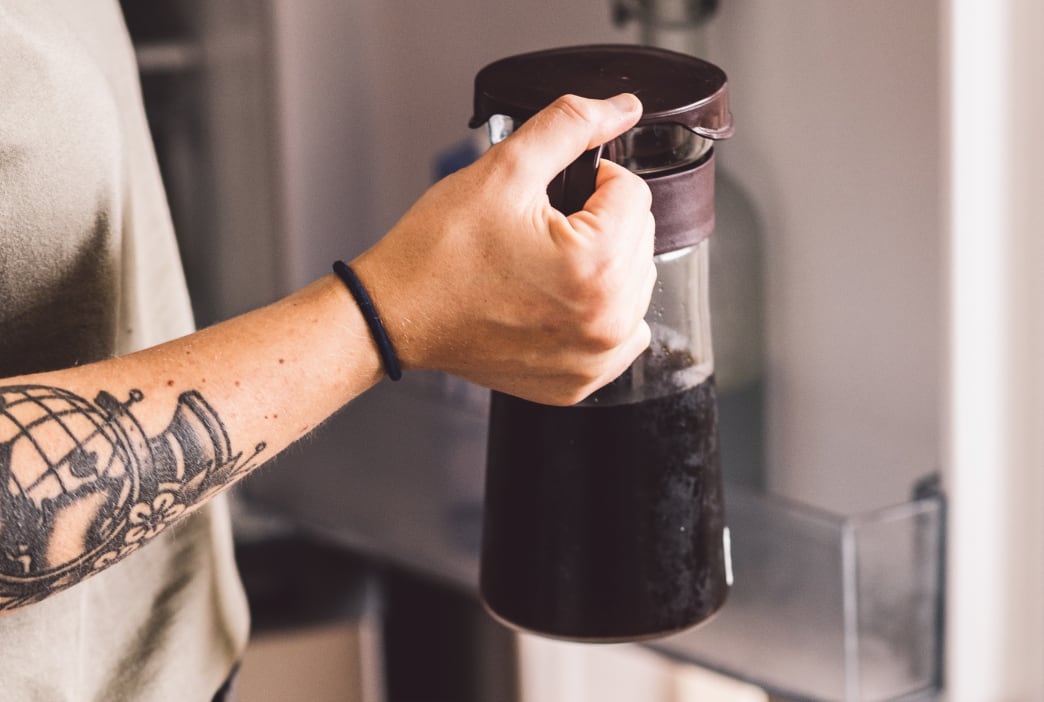
For a 1l cold brew maker, follow this same guide, but using 85g of freshly ground coffee to 1l of cold filtered water. Bloom with 200g of water, then add the remaining 800g.
The Clever Dripper’s design and functionality sits it somewhere between a plunger and a pour over brewer – it is an immersion brewer, which has a unique valve underneath, allowing control of water flow. This achieves both a full-bodied and clean cup – the best of both worlds in one very easy to use brewer.
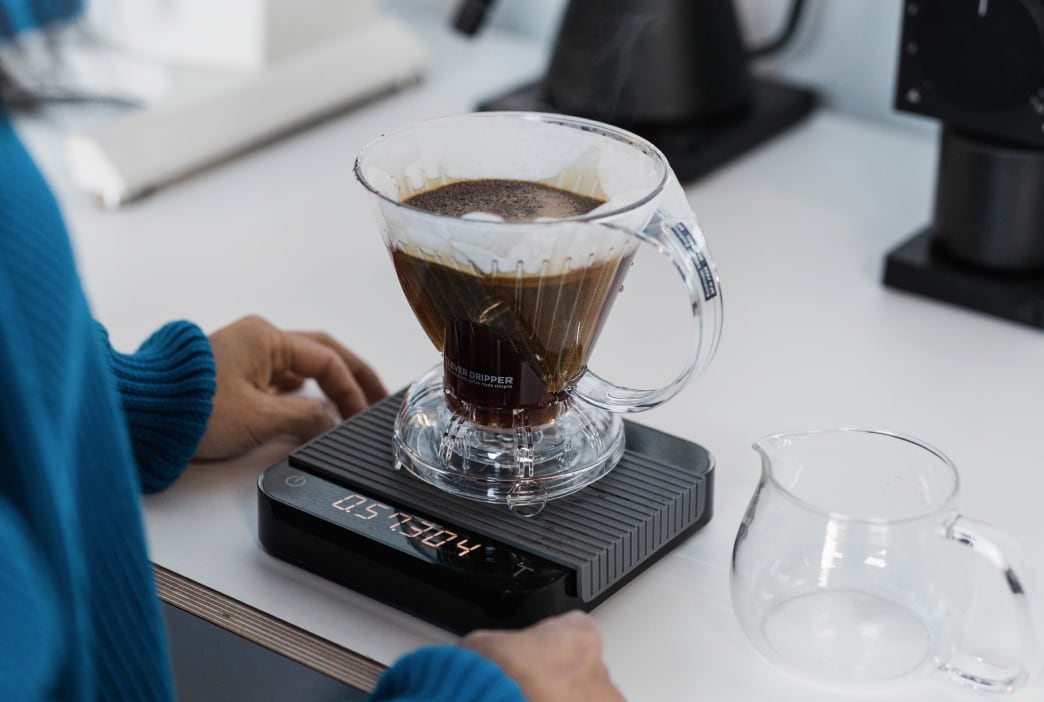
All of our coffee bags are compostable. You can either return your empty bags to us to compost for you, or you pop them in your compost at home. If you are going to compost at home, here are a few tips:
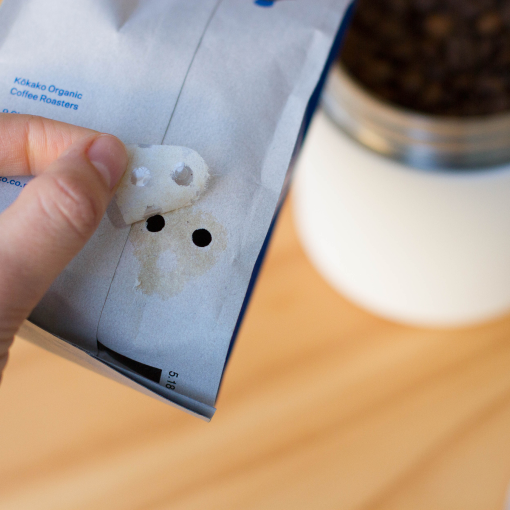
Remove the one-way valve and throw this in your landfill bin.
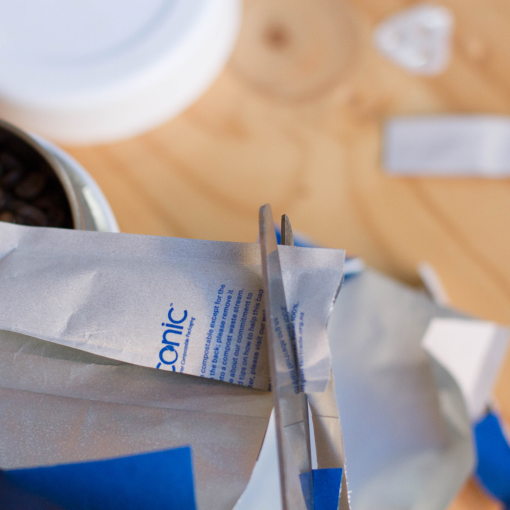
Chop the bag up – the smaller the pieces, the faster it’ll break down.
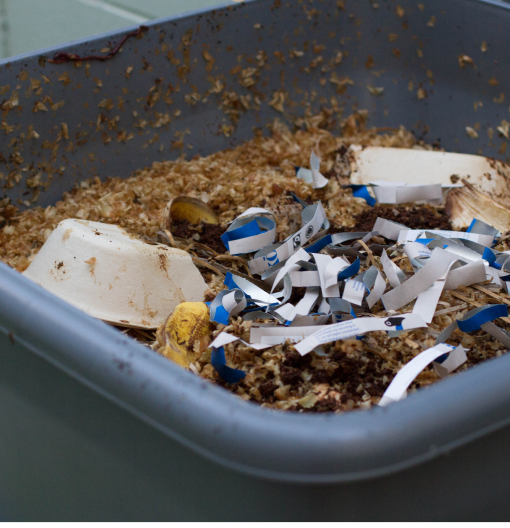
Mix into your compost bin.
Our packaging is made in NZ from sustainably-produced wood pulp and GM-free corn sources, and meets international composting standards.